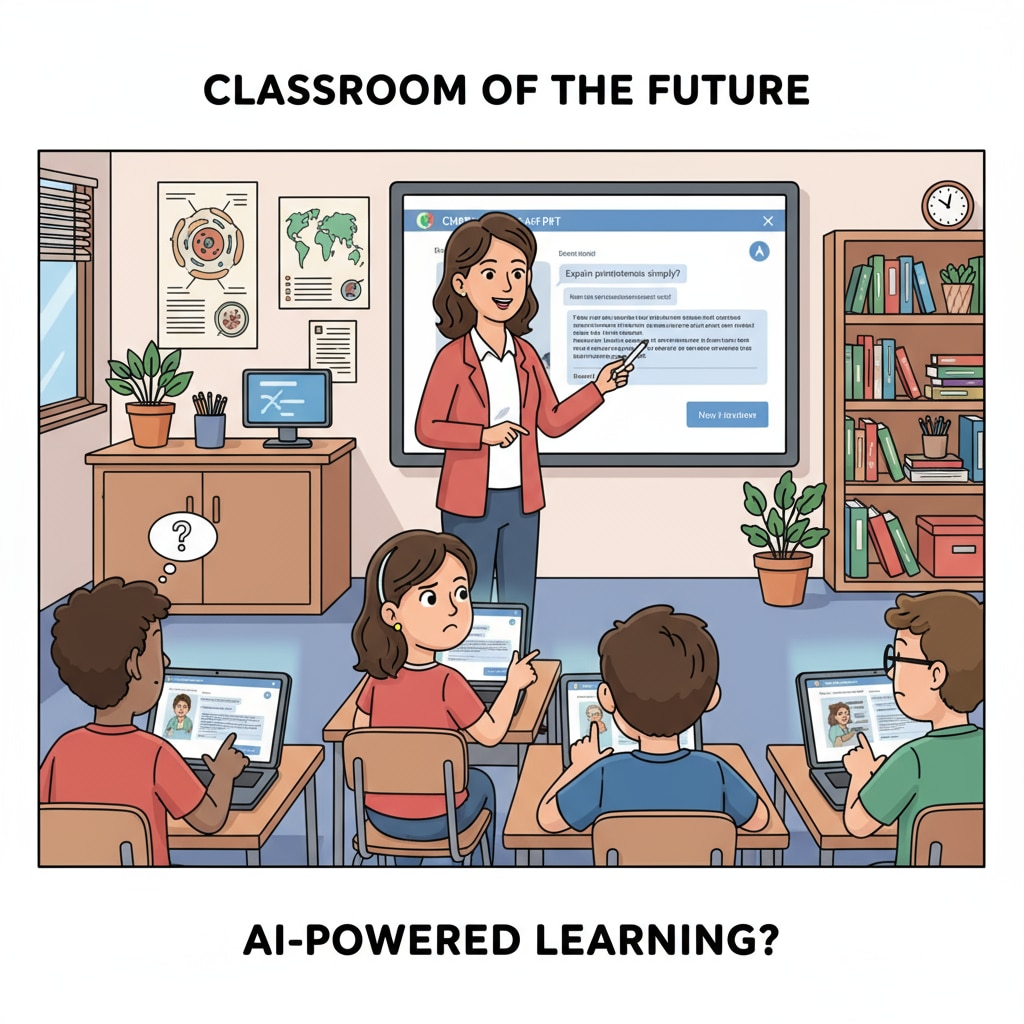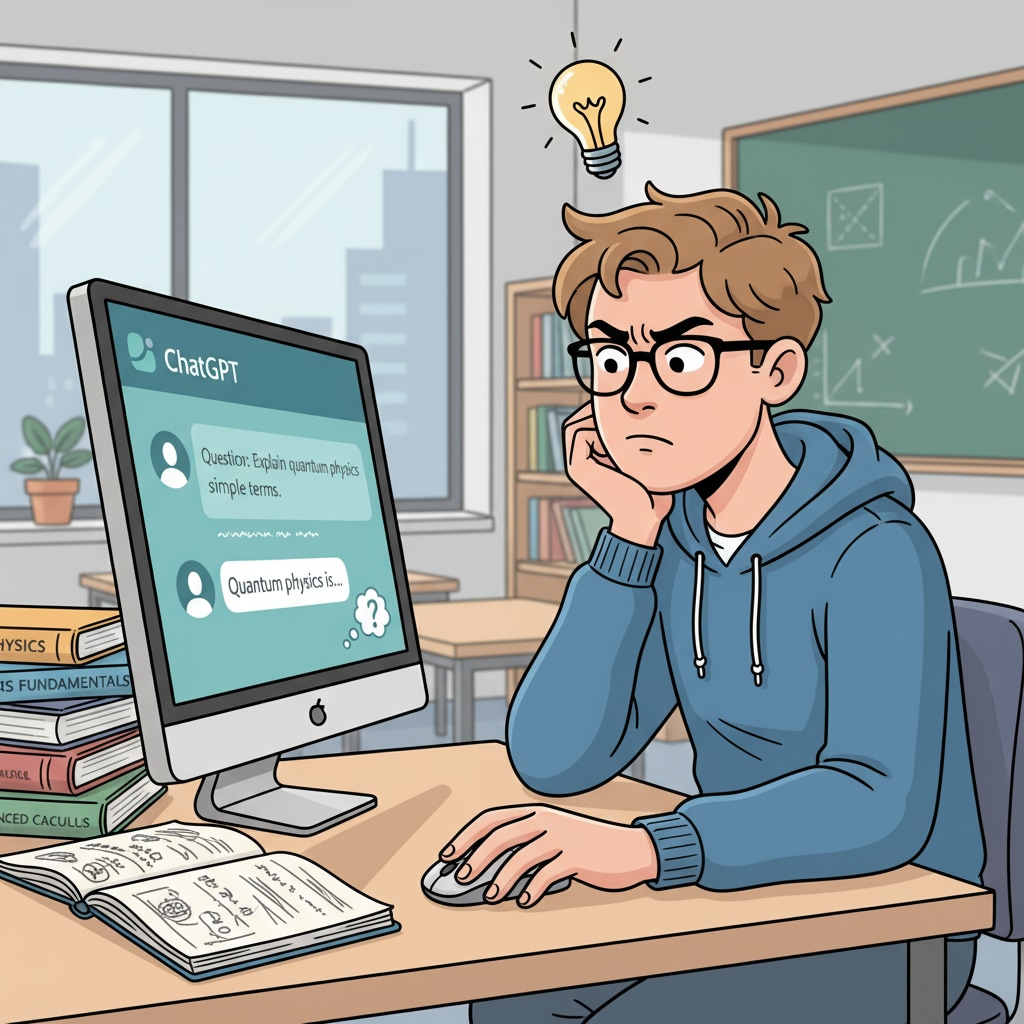ChatGPT, an advanced language model, has made waves in the education sector as an educational tool. However, it’s essential to be aware of its learning limitations in the context of K12 education. In this digital age, while AI offers many benefits, it’s not without its drawbacks.

The Problem of Information Accuracy
One of the significant limitations of ChatGPT as an educational tool is the issue of information accuracy. Although it has been trained on vast amounts of data, it can still produce incorrect or misleading answers. For example, it might misinterpret historical events or provide inaccurate scientific facts. As stated on Wikipedia’s ChatGPT page, the model generates responses based on patterns in the training data, not on true understanding. This lack of true comprehension can lead to students being misinformed. Therefore, educators and students need to verify the information provided by ChatGPT before relying on it for learning.
Inability to Foster Deep Critical Thinking
Another shortcoming is ChatGPT’s inability to effectively foster deep critical thinking among students. While it can provide answers to various questions, it doesn’t encourage students to think independently and deeply about complex issues. Critical thinking is a vital skill in K12 education, as it helps students analyze, evaluate, and form their own opinions. ChatGPT’s responses are often pre-packaged, which may discourage students from exploring different perspectives.

As per Educational Psychology research, true learning involves engaging in deep thought processes, something ChatGPT struggles to facilitate.
Moreover, ChatGPT lacks the ability to adapt to individual learning styles. Every student has a unique way of learning, and an effective educational tool should be able to adjust to these differences. However, ChatGPT provides a one-size-fits-all approach, which may not be suitable for all students. Some students may need more interactive and hands-on learning experiences, while ChatGPT mainly offers text-based interactions.
Readability guidance: We’ve used short paragraphs to make the content easier to digest. Each section focuses on a key limitation of ChatGPT in education. The lists help summarize the main points, and transition words like ‘however’, ‘therefore’, and ‘moreover’ are used to enhance the flow of the article.


